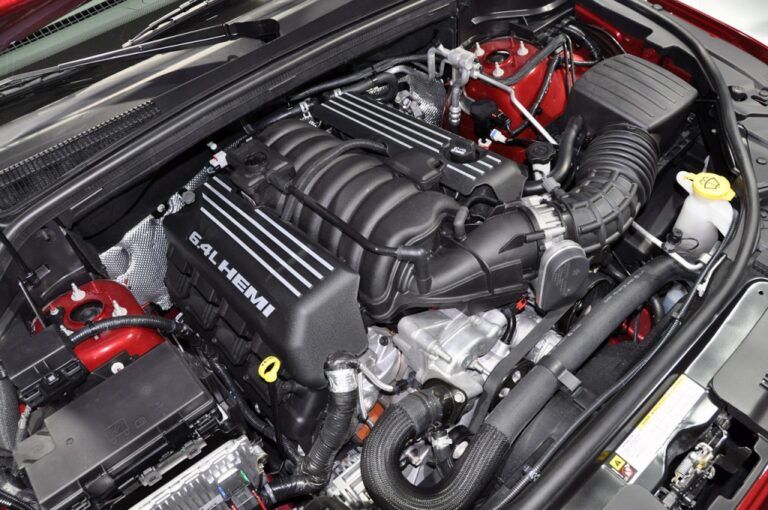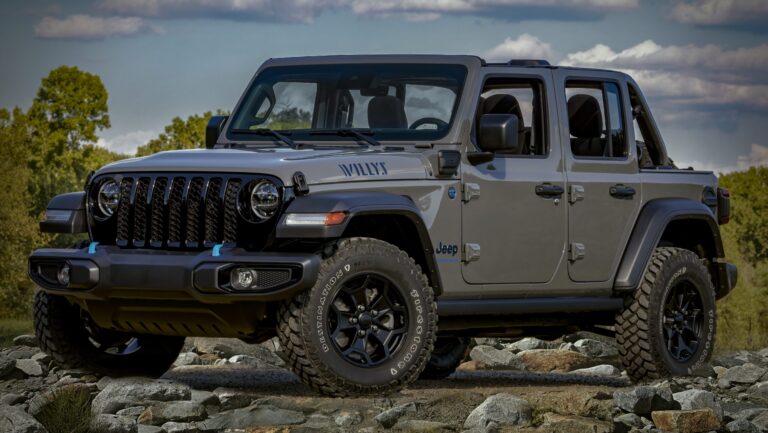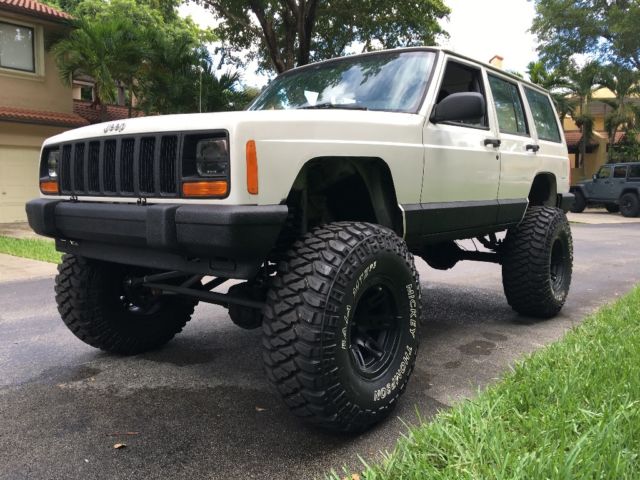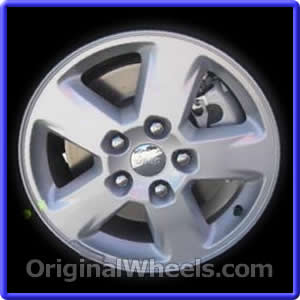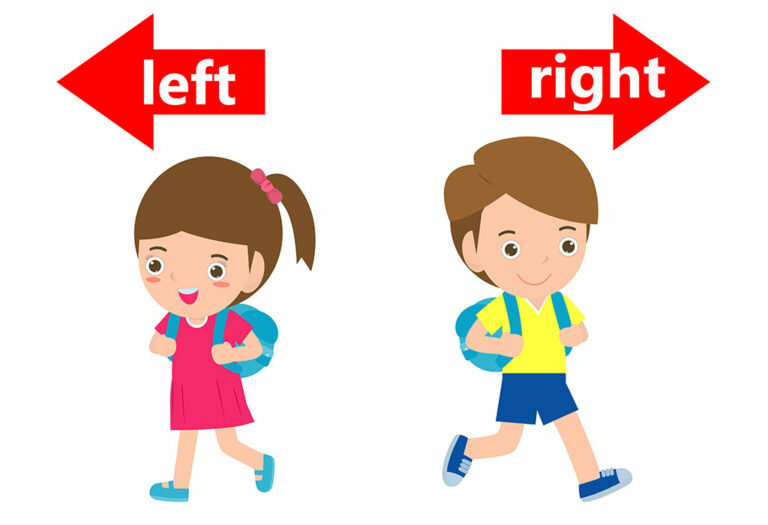1978 Jeep CJ7 For Sale: Your Ultimate Buyer’s Guide
1978 Jeep CJ7 For Sale: Your Ultimate Buyer’s Guide jeeps.truckstrend.com
Introduction: The Enduring Allure of the 1978 Jeep CJ7
The year 1978 holds a special place in the hearts of Jeep enthusiasts, marking a pivotal moment for the iconic CJ7. More than just a vehicle, the 1978 Jeep CJ7 represents a bygone era of raw, unadulterated off-roading, a symbol of freedom, adventure, and American ruggedness. Its distinctive seven-slot grille, round headlights, and open-air design instantly conjure images of dusty trails, sun-drenched beaches, and boundless exploration.
1978 Jeep CJ7 For Sale: Your Ultimate Buyer’s Guide
Today, finding a 1978 Jeep CJ7 for sale is an opportunity to own a piece of automotive history. These vehicles are not merely transportation; they are passion projects, weekend warriors, and cherished classics that offer a driving experience unlike anything modern. Whether you’re a seasoned collector, an off-road enthusiast, or simply someone yearning for a taste of vintage Americana, a CJ7 can be an incredibly rewarding acquisition. However, navigating the market for a 45-year-old vehicle requires knowledge, patience, and a keen eye. This comprehensive guide aims to equip you with all the information needed to confidently approach the purchase of a 1978 Jeep CJ7.
The Enduring Appeal of the 1978 Jeep CJ7
The CJ (Civilian Jeep) series originated from the legendary Willys MB military Jeep. The CJ7, introduced in 1976, was a significant evolution from its shorter-wheelbase predecessor, the CJ5. Its 10-inch longer wheelbase (93.5 inches) offered improved stability on and off-road, more interior space, and the ability to accommodate an automatic transmission for the first time in a CJ, making it more appealing to a broader market.
The 1978 model year falls right in the sweet spot of the CJ7’s production run (1976-1986). It retained the classic, utilitarian design that defined the CJ series while benefiting from ongoing refinements. Key features and reasons for its enduring appeal include:
- Robust Drivetrains: The 1978 CJ7 offered several engine options, including the workhorse AMC 258 cubic inch (4.2L) inline-six and the potent AMC 304 cubic inch (5.0L) V8. These engines, paired with manual transmissions (like the T-150, T-176, or Borg-Warner T-4/T-5) or the optional GM TH400/Chrysler 999 automatic, provided ample power for both trail and street.
- Legendary 4×4 Capability: Equipped with a Dana 20 or Dana 300 transfer case (the latter introduced later in the CJ7’s run), Dana 30 front axle, and AMC 20 or Dana 44 rear axle, the CJ7 was built for serious off-roading. Its short overhangs, solid axles, and rugged leaf spring suspension made it incredibly capable in challenging terrain.
- Timeless Design: The CJ7’s open-top, removable doors, and fold-down windshield epitomize the spirit of adventure. Its simple, functional design has aged gracefully, making it a classic that never goes out of style.
- Customization Potential: The CJ7 is a blank canvas for customization. From lift kits and larger tires to engine swaps and interior upgrades, there’s an endless array of aftermarket parts available, allowing owners to tailor their Jeep to their exact specifications.
- Nostalgia and Community: For many, the 1978 CJ7 represents a connection to a simpler time. It evokes memories of youthful freedom and adventure. Owning one also means joining a vibrant and passionate community of Jeep enthusiasts ready to share advice, parts, and trail stories.

What to Look For: Key Inspection Points
When considering a 1978 Jeep CJ7 for sale, a thorough inspection is paramount. These vehicles are old, and many have led hard lives. Rust, deferred maintenance, and shoddy modifications are common. Here’s a detailed checklist:

1. Body and Frame (The Most Critical Area)
- Frame: This is the absolute priority. Inspect the entire frame for rust, especially around the body mounts, spring hangers, shackle mounts, and where the frame rails bend over the axles. Pay close attention to the rear section near the bumper and the front cross member. Look for patches, excessive bondo, or signs of collision repair. A compromised frame is a deal-breaker or requires extensive, costly repair.
- Body Tubs/Floorboards: Check the floorboards, especially under the pedals, seats, and in the rear cargo area. Water collects here, leading to rust. Also, inspect the body mounts where the tub attaches to the frame.
- Fenders and Rocker Panels: These areas are prone to rust due to road spray and off-road impacts.
- Tailgate and Hinges: The tailgate can rust from the inside out, and the hinges often sag or break.
- Windshield Frame: Rust around the windshield seal is common.
- Doors and Hood: Check for rust, alignment issues, and previous repairs.
- Roll Bar: Ensure it’s securely mounted and free of damage or excessive rust.

2. Engine and Drivetrain
- Engine:
- Leaks: Look for oil, coolant, or power steering fluid leaks.
- Smoke: Blue smoke (oil burning), white smoke (coolant), or black smoke (rich fuel mixture) all indicate problems.
- Noises: Listen for knocking, ticking, or excessive lifter noise.
- Compression Test: If possible, perform a compression test to assess engine health.
- Fluid Levels/Condition: Check oil and coolant for proper levels and contamination.
- Transmission:
- Manual: Check for smooth shifting, grinding, or popping out of gear.
- Automatic: Ensure smooth engagement, no harsh shifts, and proper fluid color/smell.
- Transfer Case: Engage 4WD (high and low range) to ensure it shifts smoothly and operates without unusual noises. Check for leaks.
- Axles: Look for leaks at the differential covers and axle seals. Check universal joints (U-joints) for play.
3. Suspension and Steering
- Leaf Springs and Shocks: Inspect for broken leaves, worn bushings, or leaking shocks.
- Steering Linkage: Check all tie rods, drag link, and ball joints for excessive play. A loose steering box is a common issue.
- Tires: Check tread depth, uneven wear (indicates alignment or suspension issues), and age.
4. Electrical System
- Lights: Test all exterior and interior lights, including dash lights.
- Gauges: Ensure all gauges (fuel, oil pressure, temperature, speedometer) are functional.
- Wiring: Look for frayed wires, amateur wiring jobs, or corrosion. Many older CJs have messy wiring due to modifications.
5. Interior
- Seats: Check for rips, tears, and frame integrity.
- Dash: Inspect for cracks, missing gauges, or broken controls.
- Soft Top/Hard Top: If present, check condition for rips, cracks, or leaks. Ensure all hardware is present and functional.
6. Documentation
- Verify the title is clean, matches the VIN, and is in the seller’s name.
- Maintenance Records: Any records, even partial, can indicate how well the vehicle was maintained.
- Build Sheet/Original Documents: A rare find, but a bonus for originality.
Understanding the Market: Pricing and Valuation
The price of a 1978 Jeep CJ7 varies wildly, depending on several factors. There’s no single price; rather, a wide spectrum based on condition, originality, and modifications.
Factors Influencing Price:
- Condition: This is the most significant factor.
- Project Vehicle: Needs extensive work (rust repair, engine overhaul, interior).
- Driver Quality: Runs and drives, but has cosmetic flaws and likely needs ongoing maintenance.
- Good Condition: Well-maintained, minimal rust, reliable driver, may have some upgrades.
- Excellent Condition: Very clean, mostly original or well-restored, minimal flaws.
- Show Quality/Concours: Flawless, professionally restored to original specifications, rare.
- Originality vs. Modifications: Highly original, unmolested CJs often command a premium, especially if they have desirable options like the V8 engine or Renegade package. Heavily modified CJs can be valued higher if the modifications are high-quality and desirable, but poorly done mods can significantly decrease value.
- Engine Type: V8-equipped CJs often fetch higher prices due to their power and rarity compared to the inline-six.
- Transmission Type: Manual transmissions are generally preferred by enthusiasts, but clean automatics also have their market.
- Location: Prices can vary regionally due to climate (less rust in dry climates) and local demand.
- Documentation: Comprehensive service records or a known ownership history can add value.
Resources for Valuation:
- Online Marketplaces: Browse completed sales on eBay, Craigslist, Facebook Marketplace, and dedicated Jeep forums to get a feel for current asking prices.
- Classic Car Valuation Guides: Resources like NADA Guides and Hagerty Valuation Tool provide estimated values based on condition.
- Appraisals: For higher-end vehicles or complex situations, consider a professional classic car appraisal.
Where to Find a 1978 Jeep CJ7 For Sale
- Online Marketplaces:
- eBay Motors: Good for nationwide searches, often includes more detailed listings.
- Craigslist/Facebook Marketplace: Excellent for local finds, allowing you to inspect in person easily. Be wary of scams.
- Dedicated Forums/Groups: Jeep-specific forums (e.g., JeepForum.com, CJ-8.com for Scramblers but also CJ7 info) and Facebook groups for classic Jeeps are great places to find enthusiast-owned vehicles.
- Classic Car Dealerships/Brokers: These often have higher prices but may offer vehicles that have already been inspected or lightly restored.
- Auctions: Live auctions (e.g., Mecum, Barrett-Jackson for high-end; local auctions for projects) can be a source, but "as-is" terms require extra caution.
- Word of Mouth: Let friends, family, and local mechanics know you’re looking. You might stumble upon a hidden gem.
Tips for a Successful Purchase
- Set a Realistic Budget: Beyond the purchase price, factor in potential restoration costs, immediate repairs, insurance, and registration.
- Be Patient: The right CJ7 won’t appear overnight. Don’t rush into a purchase.
- Ask Questions: Don’t hesitate to ask the seller about the vehicle’s history, maintenance, known issues, and why they are selling.
- Get a Pre-Purchase Inspection (PPI): If you’re not an expert, hire a reputable mechanic specializing in vintage 4x4s or classic cars to inspect the vehicle thoroughly. This is money well spent.
- Test Drive Extensively: Drive it on various surfaces (road, maybe some light off-road if permitted). Listen for noises, feel for vibrations, test brakes, and ensure all gears engage.
- Negotiate: Always be prepared to negotiate the price.
- Understand Legalities: Ensure the title is clear and transferable in your state. Be aware of any emissions or safety inspections required for older vehicles in your area.
Common Challenges and Solutions
- Extensive Rust:
- Challenge: Rust is the CJ7’s arch-nemesis. It can compromise structural integrity and lead to endless repair cycles.
- Solution: Prioritize finding a rust-free example, especially in the frame. If buying a project, budget significantly for professional rust repair or learn welding and fabrication yourself.
- Poorly Executed Modifications:
- Challenge: Many CJs have been modified by previous owners, sometimes poorly, leading to electrical issues, drivetrain stress, or unsafe handling.
- Solution: Carefully assess the quality of any modifications. Ask for documentation of professional work. Factor in the cost of undoing or redoing sub-par work.
- Parts Availability:
- Challenge: While most mechanical parts are readily available, specific trim pieces or unique 1978-only components can be harder to source.
- Solution: Join online forums and owner groups. Many aftermarket companies specialize in CJ parts (e.g., Quadratec, Morris 4×4 Center).
- Deferred Maintenance:
- Challenge: Many older vehicles suffer from years of neglected maintenance.
- Solution: Assume you’ll need to do a full fluid change, tune-up, and inspection immediately after purchase. Budget for common wear items like brakes, tires, and bushings.
1978 Jeep CJ7 Estimated Price Guide
This table provides a general estimate. Actual prices can vary based on specific features (e.g., Renegade package, specific engine/transmission combo), geographic location, and market demand.
| Condition Category | Description | Estimated Price Range (USD) | Key Considerations |
|---|---|---|---|
| Project | Runs, but needs extensive mechanical (engine, transmission, drivetrain) and/or bodywork (major rust, collision repair). Not roadworthy. | $3,000 – $8,000 | Ideal for skilled DIY enthusiasts or those planning a full frame-off restoration. Budget significantly for parts and labor. Frame integrity is crucial; avoid severely rusted frames unless you’re prepared for major fabrication. |
| Driver Quality | Runs and drives reliably, roadworthy. May have significant cosmetic flaws, some rust (non-structural), and needs various minor repairs. | $8,000 – $15,000 | A good starting point for someone who wants to drive it immediately and improve it over time. Expect ongoing maintenance and cosmetic work. Good for light trail use or cruising. |
| Good Condition | Solid, minimal rust, well-maintained mechanically. May have minor paint imperfections or small interior wear. Reliable for daily driving or regular off-road use. | $15,000 – $25,000 | A solid investment for an enthusiast. Likely has desirable upgrades or has been cared for. Still may need some minor attention but offers a good balance of usability and classic appeal. V8 models or "Renegade" packages in this condition will be at the higher end. |
| Excellent Condition | Near-flawless paint and body, minimal to no rust, original or professionally restored interior, fully functional and well-sorted mechanics. | $25,000 – $40,000 | These are often well-preserved originals or high-quality restorations. Commands a premium. Expect all systems to function as intended. V8 and Renegade models in this category are highly sought after. |
| Show Quality / Concours | Flawless, museum-quality restoration. Perfect paint, body, interior, and mechanicals. Often matching numbers and historically accurate. | $40,000+ | Rare finds, typically professionally restored to original factory specifications. For serious collectors or those seeking the absolute best. These are often trailered to shows and rarely driven in harsh conditions. Prices can go significantly higher for truly exceptional examples. |
Note on "Renegade" Package: The Renegade package (distinctive graphics, wider tires, special wheels, often V8 engine) adds significant value, potentially pushing prices to the higher end of each range.
Frequently Asked Questions (FAQ) about 1978 Jeep CJ7 For Sale
Q1: Is a 1978 CJ7 a good daily driver?
A1: While capable, a 1978 CJ7 is generally not ideal as a modern daily driver. They lack modern safety features (airbags, ABS), creature comforts (A/C, power windows/locks), and can be noisy, slow, and less fuel-efficient than modern vehicles. They are best suited as weekend cruisers, hobby vehicles, or dedicated off-roaders.
Q2: What are the common engine options for the 1978 CJ7?
A2: The most common engines were the AMC 258 cubic inch (4.2L) inline-six cylinder and the AMC 304 cubic inch (5.0L) V8. The 258 I6 is known for its reliability and torque, while the 304 V8 offers more horsepower.
Q3: Are parts readily available for a 1978 CJ7?
A3: Yes, generally. Due to the CJ7’s popularity and long production run, many aftermarket companies specialize in parts. Mechanical components (engine, transmission, drivetrain) are often interchangeable with other AMC or Jeep models of the era. Body panels and interior components are also widely reproduced. Some specific trim pieces might require a bit more searching.
Q4: What’s the difference between a CJ5 and a CJ7?
A4: The primary difference is the wheelbase. The CJ7 has a 93.5-inch wheelbase, which is 10 inches longer than the CJ5’s 83.5-inch wheelbase. This extra length in the CJ7 provides more interior room, better stability, and allowed for the installation of an automatic transmission. The CJ7 also introduced a slightly more rectangular door opening compared to the CJ5.
Q5: How much does it cost to restore a 1978 CJ7?
A5: Restoration costs vary wildly depending on the starting condition and desired finished quality. A basic mechanical refresh might cost a few thousand dollars, while a full frame-off, show-quality restoration can easily exceed $30,000 – $50,000 or more, especially if professional labor is involved. Rust repair is often the most significant cost.
Q6: Should I buy a modified or original 1978 CJ7?
A6: It depends on your goals.
- Original: If you’re a collector, value historical accuracy, or prefer a purist driving experience, an original (or restored-to-original) CJ7 is best. These often hold their value well.
- Modified: If you plan on serious off-roading, want more power, or prefer a personalized look, a modified CJ7 might suit you. However, thoroughly inspect modifications to ensure they are high-quality and safe. Poorly done modifications can be a money pit.
Conclusion: Embracing the CJ7 Lifestyle
The 1978 Jeep CJ7 is more than just a classic vehicle; it’s an invitation to a lifestyle defined by open-air freedom, rugged capability, and a vibrant community. Acquiring one means investing in a piece of automotive heritage that promises adventure and a unique driving experience.
While the journey to finding the right 1978 CJ7 for sale can be challenging, armed with the knowledge from this guide, you can approach the market with confidence. Remember to prioritize thorough inspection, especially for rust, understand the nuances of pricing, and be patient in your search. Whether you envision a meticulously restored showpiece, a capable off-road beast, or a beloved weekend cruiser, the 1978 Jeep CJ7 offers a timeless appeal that continues to captivate enthusiasts decades after its production. Happy hunting, and prepare to embrace the enduring spirit of the Jeep!


